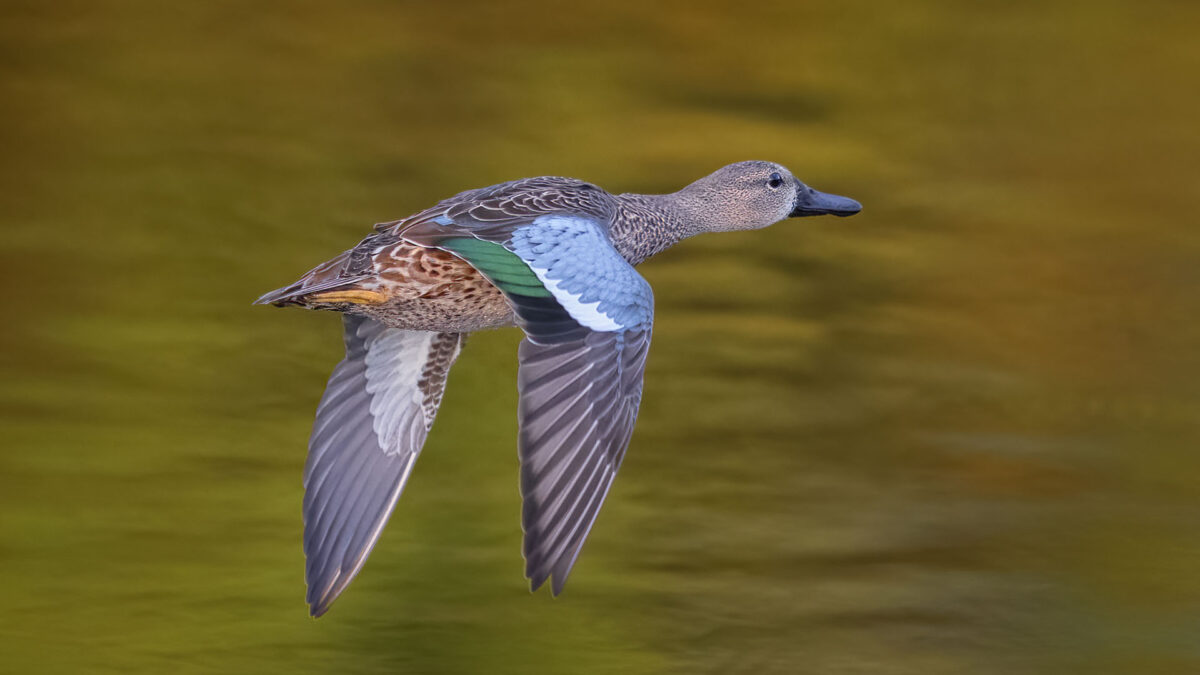A loamy carpet of moss coats a boulder in the Appalachian Cove Forest. Grey stone peeks from beneath, where a thin trickle of water seeps past a lazily grazing snail to form a spout running down wet rock to the forest floor.
Above, a yellow-brown leaf releases its hold from the canopy of a Striped Maple and falls gently to a wooden bridge that traverses this section of forest. But this woodland isn’t cradling the slope of an Appalachian foothill or valley. It’s under the iconic glass peaked roof of the Aquarium’s River Journey building.
With the arrival of autumn, each of the more than 50 species of native plants and trees in the Appalachian Cove Forest gallery experience the same seasonal shift as their cousins on the ridges and valleys in and around Chattanooga. One of the Aquarium’s living forest galleries, this towering exhibit is a vibrant and thriving indoor ecosystem designed to mirror — in appearance, flora and even temperature — nearby mountain habitats.
An architectural capstone iconic to the Chattanooga skyline, the Cove represents both the origin of fresh water in upland headwaters and the embarkation point for visitors’ journey through the Aquarium. Each tour represents an adventure in pursuit of a drop of water inexorably traveling downhill to the Gulf of Mexico, and each trip begins in this gallery modeled on the misty peaks of the Great Smoky Mountains.
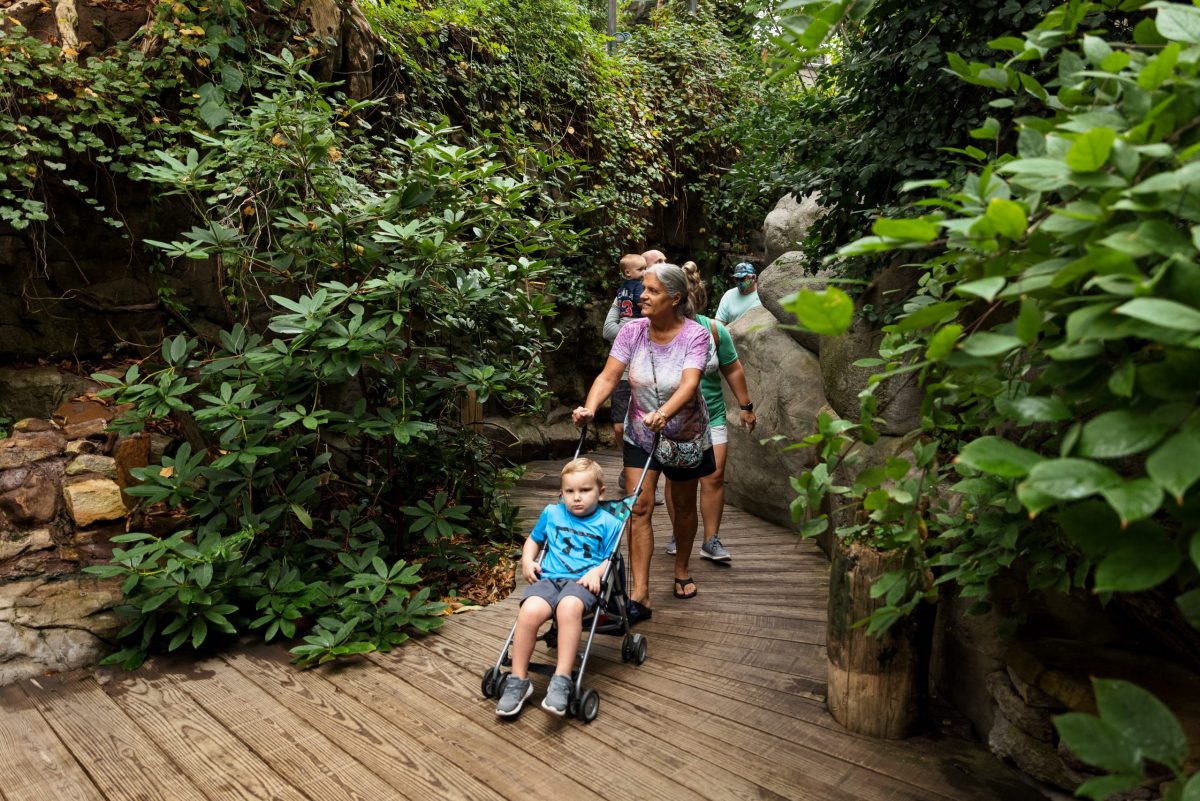
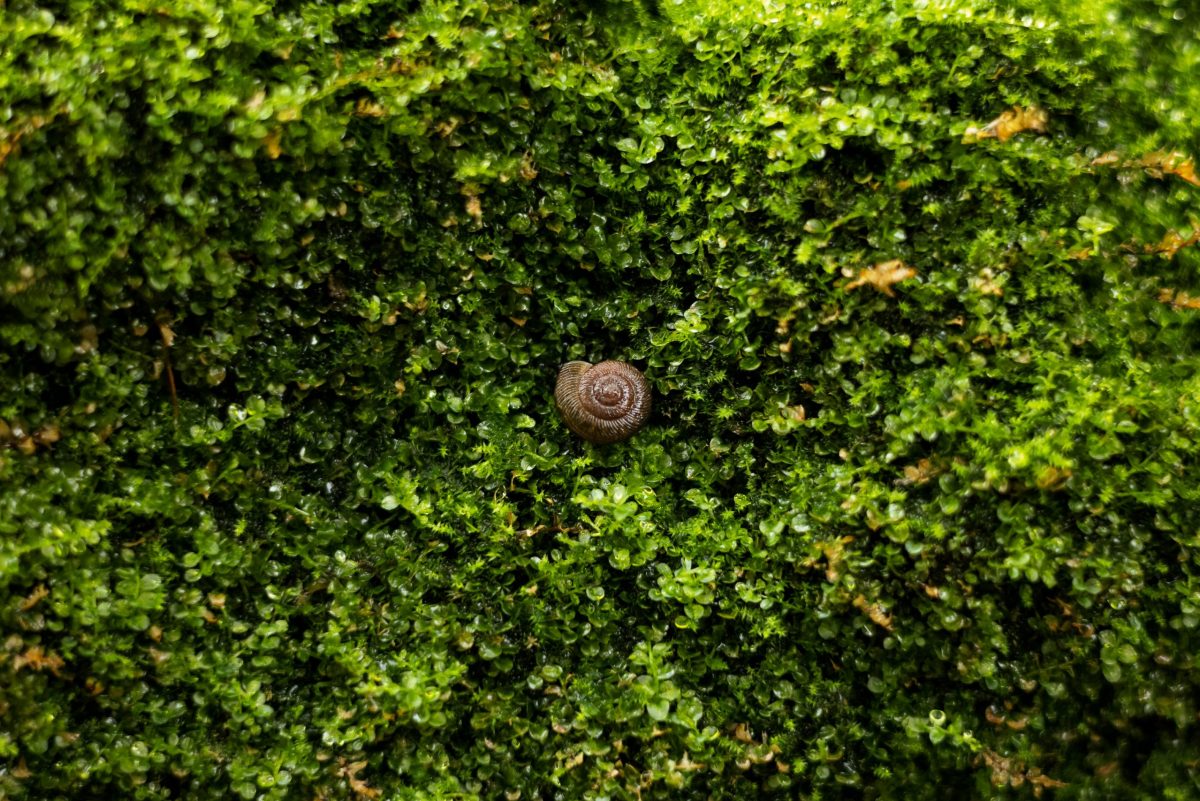
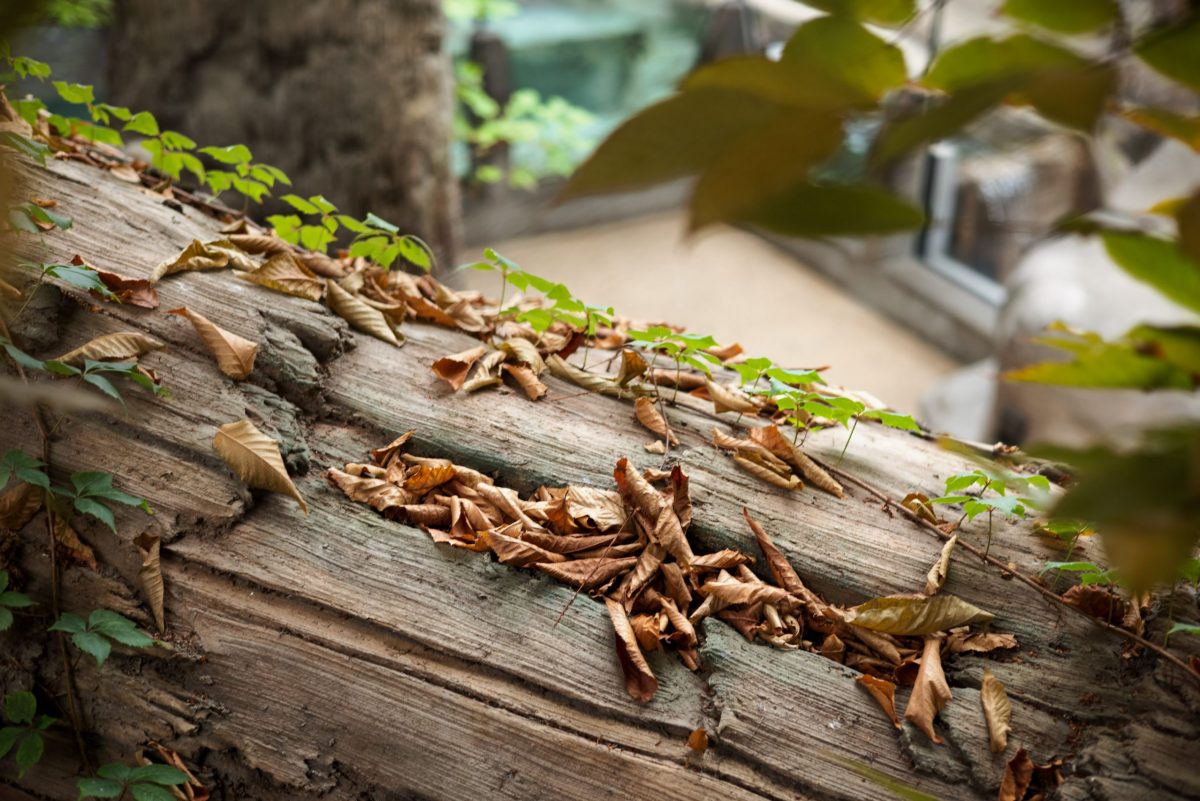
An indoor environment that changes with the seasons
It’s no accident that the Cove Forest experiences seasonal changes.
Designed to present guests with the flora and fauna found in the Appalachian Mountains at around 3,000 feet of elevation, the Cove is intentionally left unregulated by the Aquarium’s HVAC systems so that it experiences the same temperatures as the world outside.
“There’s no air conditioning to control the space. There’s no heat to control the space,” says Aquarium Senior Life Support Systems Operator Sean Hill. “It’s dictated by nature and what’s happening outside.”
Seated at a control station in front of an array of computer screens on the building’s mezzanine level, Hill is part of a team of operators who work 24 hours a day to maintain optimum environmental conditions in the Aquarium’s exhibits.
Though the gallery is not air conditioned or heated, operators do maintain the water temperatures in both the River Otter Falls and Mountain Stream exhibits, which typically rise with the heat of the summertime. The temperature changes and the natural shortening or lengthening of days in the winter and summer all contribute to the seasonal shift experienced by the Cove.
While distinct and iconic, the gallery’s ever-changing environment presents unusual challenges to its caretakers. In the summertime, when it doesn’t get as cool at night, more watering is required to keep plant life from drying out. In the winter, cold temperatures can sometimes lead to the unusual sight of ice inside the building.
“I have never seen the waterfall completely freeze over, but I have seen it so cold that there’s icicles in there,” Hill says.
The arrival of fall also heralds the arrival of leaf season, which can be a particular headache for the aquarists tasked with keeping the gallery’s exhibits free of fallen foliage. As the trees lose their leaves, they can clog the skimmers that clean the otter and trout habitats. For several weeks in October and November, aquarists must undertake regular dives to ensure these skimmers can run unimpeded.
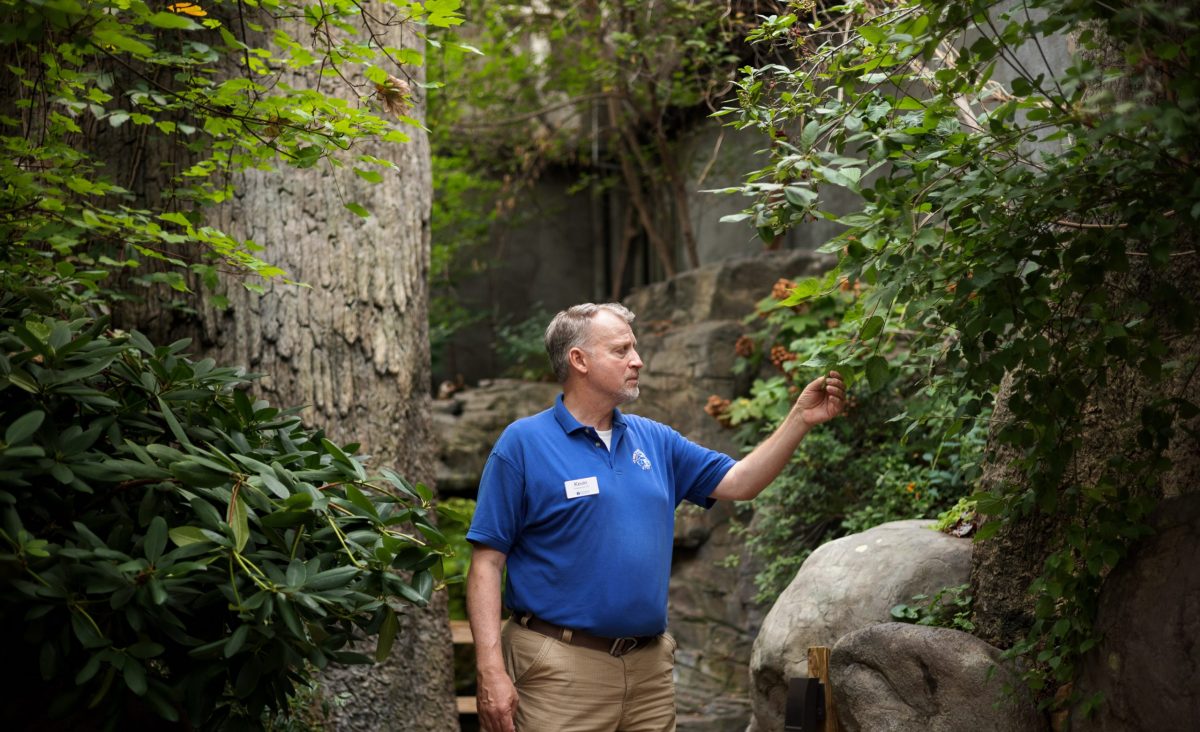
Tennessee Aquarium Director of Forests Kevin Calhoon in the Aquarium's Appalachian Cove Forest
Connected to the mountains and to the community
Aquarium Director of Forests Kevin Calhoon grasps a leafy branch between two fingers, pulling it towards him for closer examination. “Dog Hobble,” he identifies one of the Cove’s scores of native species (scientific name Leucothoe axillaris). Other regional flora currently found in the gallery include Rhododendron, Virginia Creeper, Turtlehead and Jewelweed.
The Cove holds a special significance for Calhoon, who is approaching his 30th year of employment at the Aquarium.
“My family is from the mountains,” he says. “So many people have a link to the mountains and the foothills and the deciduous forests.”
That connection to East Tennessee and the Southeastern United States is part of what makes the Cove such an important place for Calhoon and others like him.
“It is very special,” he says. “I was up in the mountains this weekend, and I was just thinking, ‘You know what? Our Cove Forest looks so much like the ones in the wild.’”
Thanks to its meticulous caretakers, that regional habitat can be experienced by the Aquarium’s more than 750,000 annual visitors. Even within the environment of the Cove, guests encounter multiple micro-habitats, explains Aquarium Horticulturist II Austin Prater. The rhododendron coves, seeping moss-covered rock walls and uplands habitats above waterfalls all feature their own unique plant life.
“I don’t know that people always realize the treasure that we have in the mountains of East Tennessee and Western North Carolina,” says Prater. “There’s really this incredible diversity of not only plant species but amphibians and fish, and they’re right here in our backyard.”
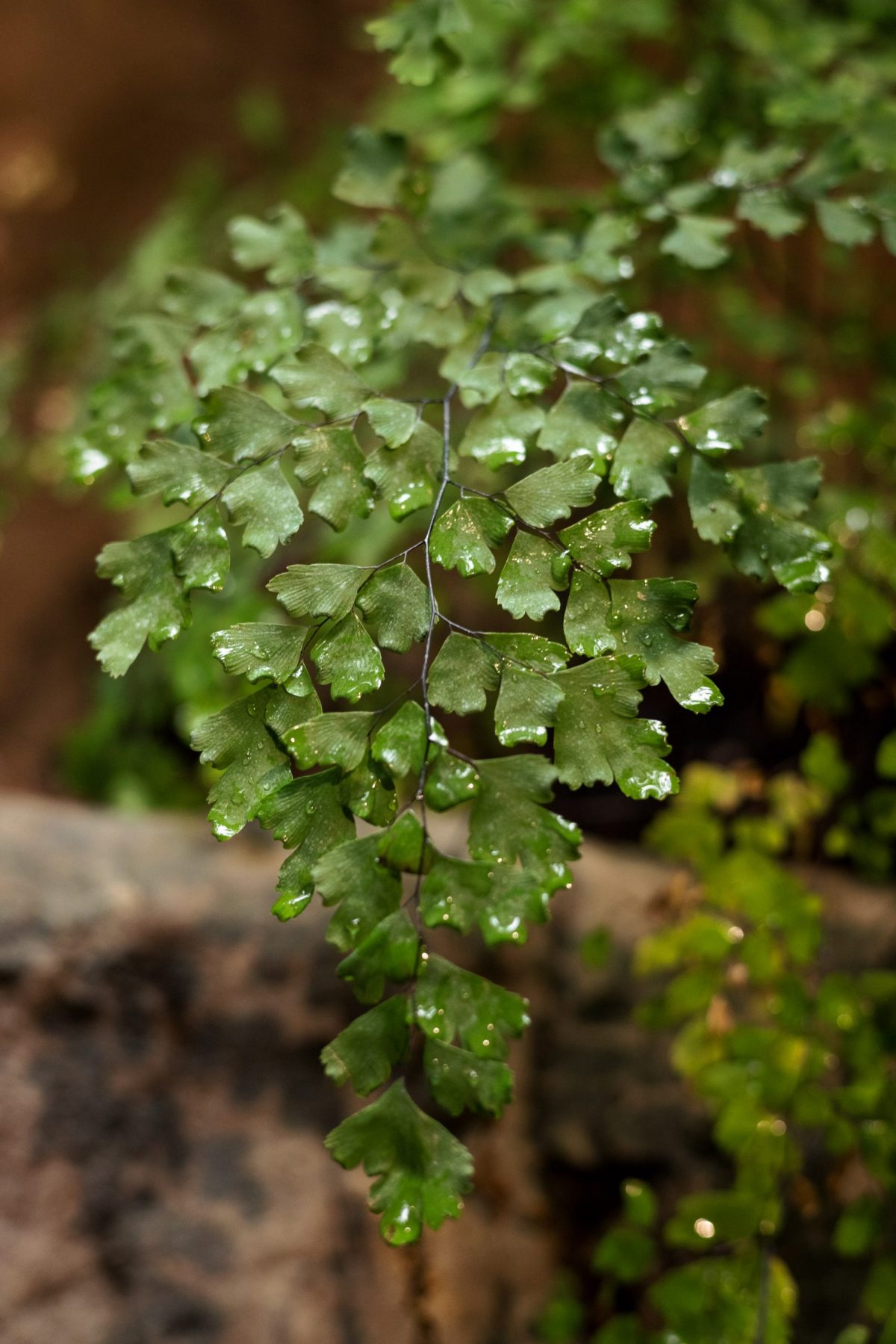
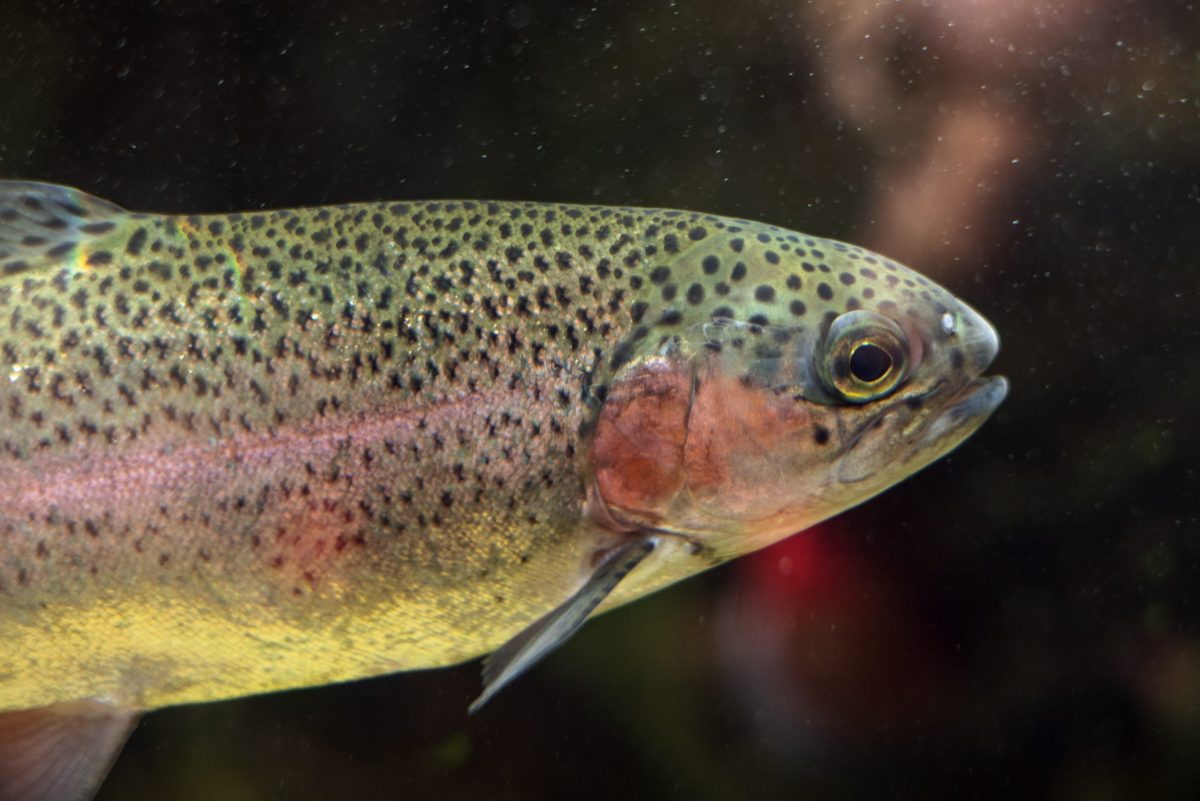
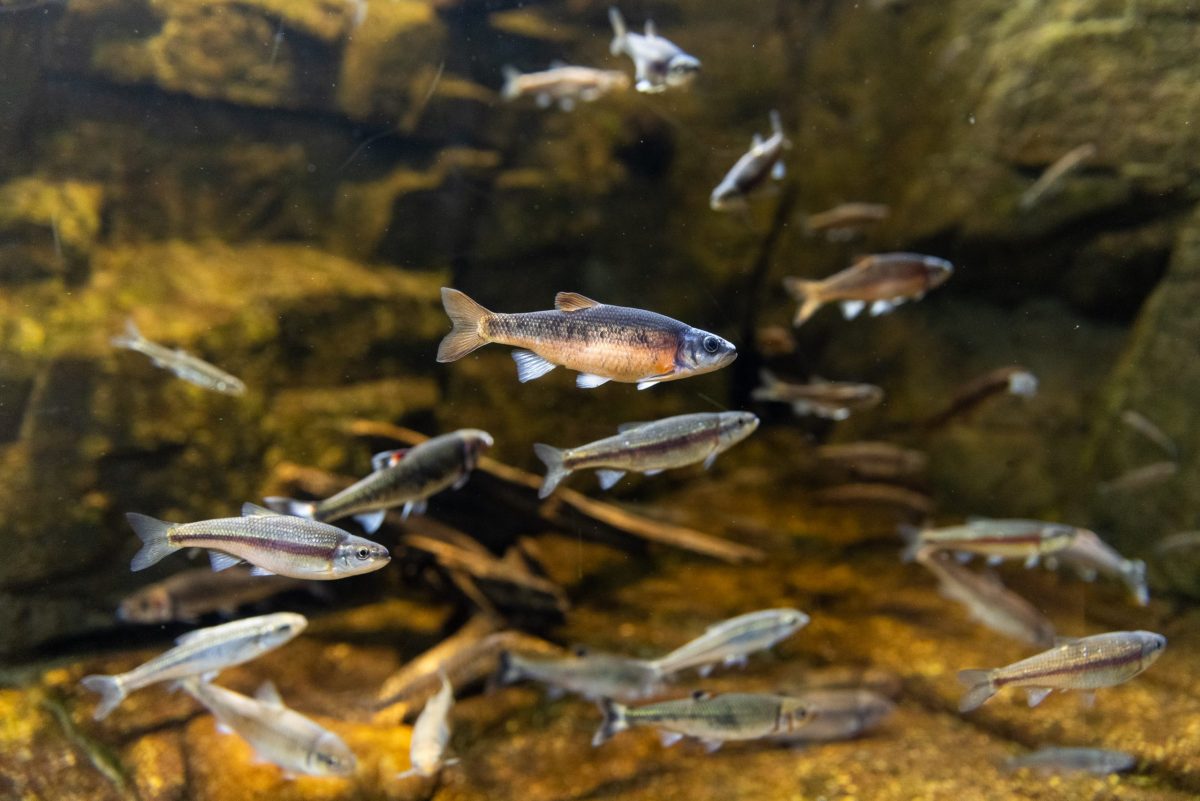
The Cove’s emphasis on native species and its reflection of the ecosystems of Appalachia can be traced back to the Aquarium’s inception in 1992. At the time, the idea of a freshwater aquarium was almost unheard of. It was generally believed that guests wanted to see sharks and tropical ocean fish, but its founders sought to create an experience that would be grounded in the waterways of East Tennessee.
The concept of following a drop of water from its origin in the mountains into the Tennessee River and eventually the Gulf of Mexico became what is now called River Journey, the Aquarium’s first — and largest — building.
And perched atop that iconic building? The Cove Forest — its crown jewel.
“It represents fresh water, the beginning of fresh water, so it’s so important,” Calhoon says. “Just think about the millions of people who have walked through here starting their tours in the Cove Forest.”
That spectacular beginning has played a large part in the Aquarium’s continuing mission to show guests not only where water comes from but the important role it plays in everyday life for humans and animals alike.
